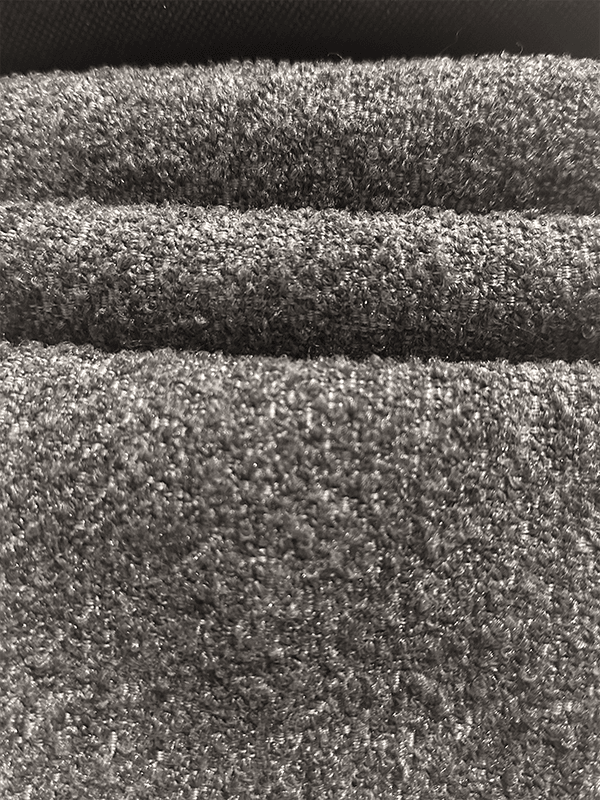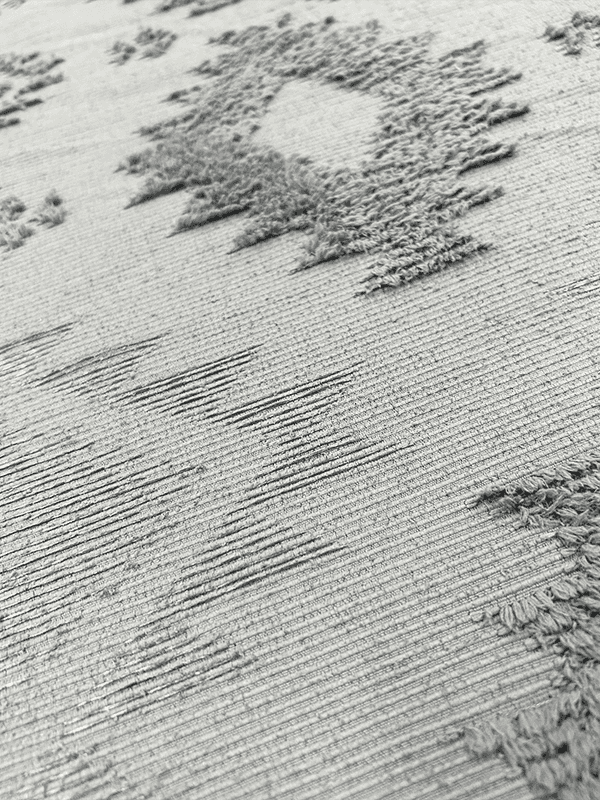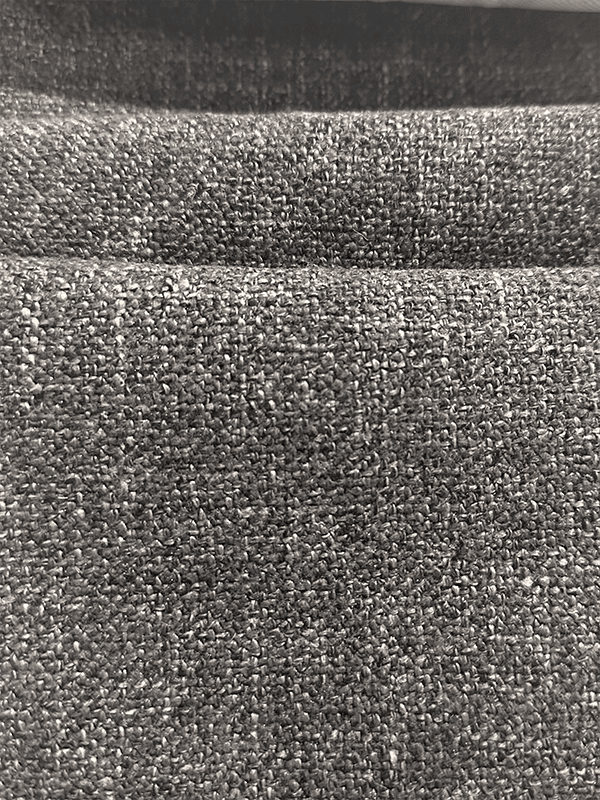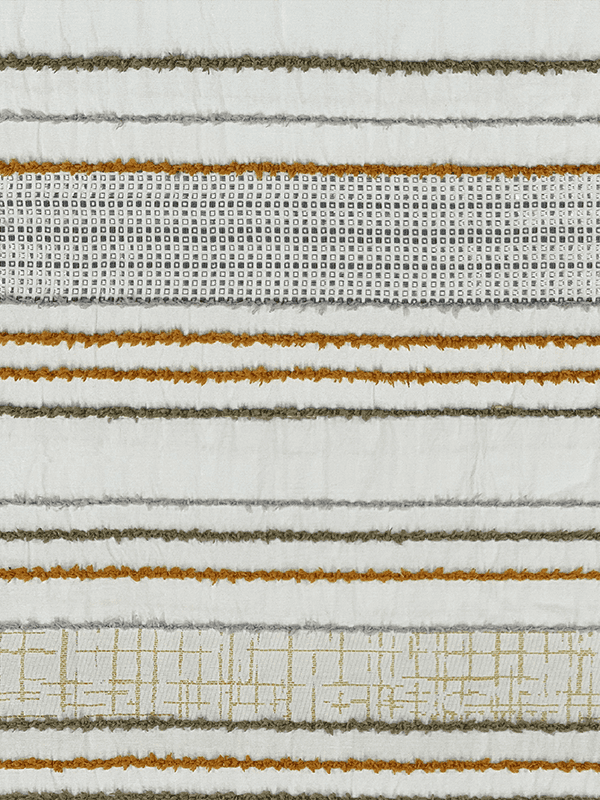Several performance characteristics are crucial for home textile fabrics to ensure their durability, functionality, and aesthetic appeal. Some of the key performance characteristics include:
Home textile fabrics should possess adequate strength to withstand everyday use and handling without tearing, stretching, or breaking. Fabrics with high tensile strength are more resistant to tearing and are better able to withstand stress and tension.
Abrasion resistance refers to a fabric's ability to withstand friction, rubbing, and wear over time without showing signs of damage or deterioration. Fabrics with high abrasion resistance are less likely to pill, fray, or develop surface wear patterns, making them suitable for high-traffic areas and frequent use.
Colorfastness is the ability of a fabric to retain its original color and resist fading or bleeding when exposed to light, washing, or other environmental factors. Home textile fabrics should have excellent colorfastness to maintain their appearance and vibrancy over time, even with repeated washing and exposure to sunlight.

Shrinkage control is essential for home textile fabrics to ensure that they maintain their original dimensions and shape after washing or cleaning. Fabrics that are prone to shrinkage can become misshapen, distorted, or too small for their intended use, leading to poor fit and performance.
Wrinkle resistance is desirable for home textile fabrics to minimize the appearance of wrinkles, creases, and folds, which can detract from the fabric's appearance and require additional ironing or steaming to remove. Fabrics with wrinkle-resistant properties maintain a smooth, neat appearance even after washing and drying.
Moisture management is important for fabrics used in bedding, towels, and other home textiles to ensure comfort and breathability. Fabrics should have good moisture-wicking properties to absorb excess moisture and perspiration, allowing the skin to breathe and maintain a comfortable temperature.
Stain resistance is desirable for fabrics used in upholstery, curtains, and other home textiles to protect against spills, stains, and soiling. Fabrics with stain-resistant finishes or treatments repel liquids and prevent stains from penetrating the fibers, making them easier to clean and maintain.
Allergen resistance is important for fabrics used in bedding, curtains, and upholstery to reduce the accumulation of dust mites, pet dander, and other allergens that can trigger allergies and respiratory problems. Fabrics with hypoallergenic properties resist the growth of allergens and are easier to clean and maintain.
Home textile fabrics should possess a combination of these performance characteristics to ensure durability, functionality, and aesthetic appeal in various applications throughout the home. By selecting fabrics with the appropriate performance properties for their intended use, homeowners can create a comfortable, functional, and visually appealing living environment that meets their needs and preferences.

 English
English 中文简体
中文简体 Español
Español عربى
عربى














